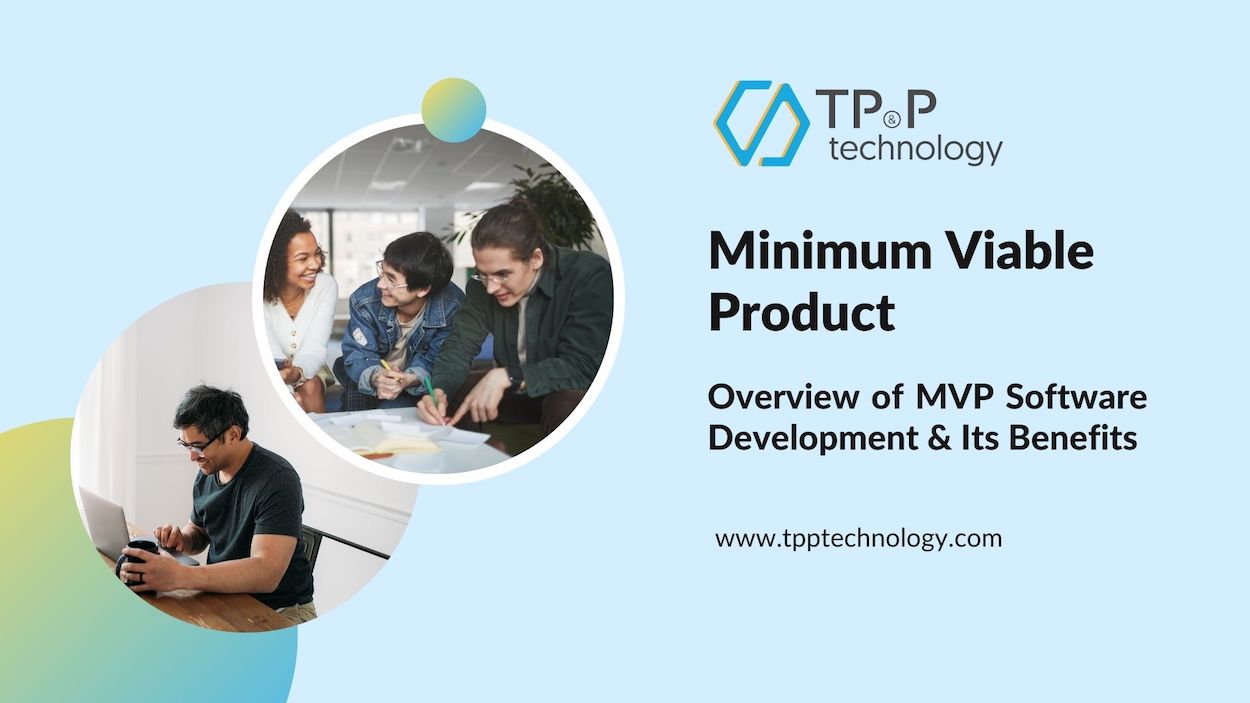
Software Development
25 Jul, 2022
Minimum Viable Product: Overview of MVP Software Development & Its Benefits
Tech entrepreneurs and startup business owners are excellent at spotting market gaps. To resolve the issues their target markets encounter, they develop the most innovative product concepts. However, when they begin to work on developing their concepts into finished software applications, the difficulty frequently starts.Lack of funding is frequently cited as the key reason why small enterprises fail. Many startup entrepreneurs are struggling to achieve their objectives due to a shortage of funds and the pressure to release a new software product on the market. The various kinds of minimal viable products (MVPs) can be valuable in this situation.
Overview MVP
An MVP represents a simplified or skeletal version of the software product's original concept. It frequently merely includes a few crucial functionalities for designing the app's framework. This speeds up the process of launching your product and aids in better financial management.
The process of creating MVP software development can be approached in a variety of ways. Owners of businesses select the kind of MVP that best suits their needs and skills. Let's discuss four common MVP kinds, two low-fidelity and two high-fidelity types, and their attributes.
Landing Page MVP: Before the entire product is released, this kind of MVP focuses on growing a following and receiving user input. To test the viability of your product idea, you can deploy a landing page MVP in addition to conventional research and marketing activities. By setting up a simple website (thus the name) and assessing how site visitors react to the content you post, you can create a landing page MVP. This offers a fantastic chance to advertise your product even before it is developed.
You can track user activity and interactions after making appealing media content and publishing some clever marketing copy for the product you intend to sell. By observing the audience's scrolling or clicking habits and determining which sites they spend the most time on, you may determine which topics they are most stimulated.
No-Product MVP: The no-product or no-code MVP is one of the low-fidelity variants of MVP, as well as the landing page strategy. It accomplishes a similar goal by verifying the product concept. Without actually developing the app, this also entails promoting the product and gathering data on consumer behavior. The no-product MVP can take the form of conventional no-tech or low-tech approaches because there is no development involved, including presentations, wireframes, and even some simple prototypes or demos.
Single-Feature MVP: This kind of MVP, as the name implies, is solely concerned with one important app feature or functionality. Since building the core functionality can be fairly resource-intensive, the single-feature MVP is regarded as a high-fidelity type of MVP.
To make this strategy effective, you must decide which feature is essential to your app ideas and how to effectively create the initial product around it. Consider it in the following manner: What critical purpose do you want customers of your app to utilize it for? The basic functionality of the program may usually be defined by appropriately answering this question. Other features or other adornments can be introduced as the product's user base expands.
MVP Development: Overview And What it can offer The Wizard of Oz MVP produces an illusion for the audience. Determining if a product idea that is likely to succeed or fail is the same goal as the other types.
The majority of the effort is put into creating an impressive front end that makes users comfortable with the product, rather than spending time and resources on prproduct development with complicated back-end coding. On the back-end, the app's automated components might be handled by humans. If you have attracted a certain number of repeat customers, you can undergo additional rounds of development to include more technology elements into your product, like AI automation or other sophisticated algorithms.
2. How can an MVP help?
All of the different MVP strategies can be very beneficial for market research and gathering important user input, such as what people like and do not like about your software. The comments you receive are then put to use in later stages of development to improve your app.
This strategy also aids in cost management. An extensive app can be hazardous and expensive to develop and market. In comparison, it costs less to create an MVP. When you grow your app based on customer input, you can use the money you saved in the initial stage.
Your time to market can be shortened by using an optimized MVP software development strategy. There are a ton of options possible for all kinds of electronic devices in this fiercely competitive period. Therefore, it may be essential to deploy your product as soon as possible, something an MVP can assist you to do.



